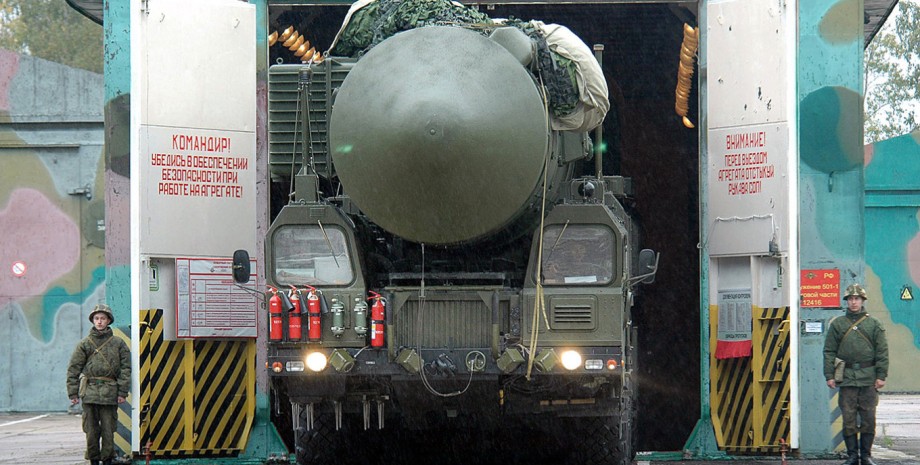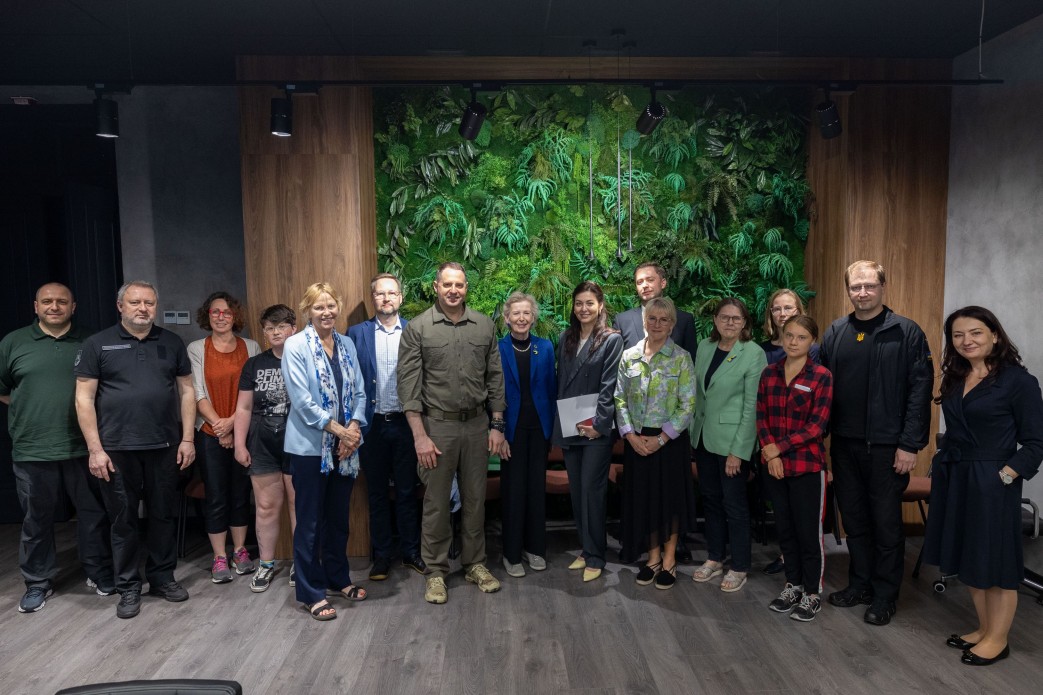
 By Eliza Popova
By Eliza Popova
"We are moving to one of the most dangerous periods in human history. It is extremely important that the governments of the world find ways of cooperation to reassure geopolitical tensions, slow down the arms race and cope with the deterioration of the effects of the environmental crisis and growth Peace problems (sipri) Dan Smith. The other day, SIPRI published another report on the situation with nuclear weapons among the countries owned by the countries.
According to analysts, in January 2023, out of 12 512 nuclear warheads owned by countries, the so -called "nuclear club", about 9576 were in warehouses for potential use, which is 86 units more than in January last year. At the same time, approximately 3844 of them were launched on rockets and aircraft, and about 2000 (almost all belonging to Russia or the US) were in a state of high combat capability - they were equipped with rockets or they were placed on aircraft with strategic bombers.
SIPRI also noted an increase in the nuclear arsenal of China, they were able to increase their stock by 60 units to 410 in a year. In addition to the increase in the number of deployed nuclear warheads, owners of this type of weapons are investing in new types of delivery. In particular, France continued its programs for the development of a nuclear submarine with ballistic missiles and a new winged air base rocket. India and Pakistan are developing new types of nuclear systems.
Recall that the so -called nuclear club includes the United States, Russia, the United Kingdom, France, China, India, Pakistan, North Korea and Israel. Together, they have more than 12,000 strategic nuclear charges, of which 5977 nuclear warheads are in the Russian Federation, 5428 - the USA, China had only 350 nuclear charges. In February 2023, the Russian Federation suspended its participation in the US strategic offensive agreement (S-3).
In fact, this means that the last major agreement on strategic ugget control has stopped operating. Subsequently, both countries stopped exchanging information about the state of their arsenals and plans for them. Formally, the S-3 was associated with the increase of its own nuclear weapons with Beijing.
"The process was started under Donald Trump's presidency, when the S-3 treaty was coming to an end, then politicians and diplomats began to talk about a new document with the participation of three parties-the USA, the Russian Federation and China. To which the Chinese side suggested to reduce the number of warheads for Moscow But Washington or enlarge his own. It is actually happening now, " - says focus an expert on nuclear weapons Alexei Hizhak.
He recalls that it was with the topic of enlargement of the nuclear arsenal, Xi Jinping, that he went to his re -election. By 2030-2035, Beijing plans to have about 1500 units. At the same time, Hedgehog notes that SIPRI data does not reflect the real picture at this time, since the institute counts the carriers of the university, not charges. In general, charges may be more or even less - statements about their presence are "adjusted" to demonstrate the political position of the state.
It is worth noting that despite Beijing's plans to increase the ulcers, it is the Chinese nuclear doctrine that is almost one of the most mirol. China undertakes not to apply or threaten the use of units against non-owned states or states of non-nuclear zones at any time and in all circumstances. Actually, since 1964, since Beijing has received its ulcer, it is impossible to remember the cases where Chinese leaders have threatened it. What you do not say about Russia now.
Systematic hints or direct threats to the use of ulcers have already become a trend from the Kremlin elite. The decision to place tactical in Belarus is one of the evidence. For the first time, Russia moves its ulcer so close to the border of the European Union. Focus has already said that the suspension of the S-3 Agreement removes from the Kremlin a restriction on the deployment of intercontinental nuclear products capable of reaching the United States in about 30 minutes.
These are promising missiles of Sarmat, Avangard complexes and mass production of hypersonic complexes "Dagious" and "Zircon". It is with this that the Russian Federation has the biggest problems today. Sarmat missile is still not ready, with three launches only one was successful, about "Avangard" had little information in the public domain, and "Zircon" and "Dagger" are present in a small amount.
However, the sanctions introduced against the Russian Federation do not allow to establish mass production, and the use of "dagger" missiles in Ukraine has debunked the Russian myth about their hypersonic inaccessibility for systems about systems. Experts interviewed recall that weapons are a weapon of restraint, but in the hands of authoritarian political regimes it becomes a blackmail and threats.
Other countries, first of all, are in response to mirror, demonstrating their nuclear capabilities. "Increasing the number of deployed nuclear warheads nuclear states indicates the growth of global escalation. Putin was the first to show that with the help of nuclear weapons and blackmail its use can be achieved political goals. Now the Kremlin continues this tactic. Not only Putin, "says Hedgehog focus.
Analysts note that the increase in the number of deployed warheads is a response to the deterioration of geopolitical relations. However, they are not in a hurry to call it a "arms race", but rather a parade of demonstrations and intentions. According to Professor of the Institute of International Relations of KNU. Shevchenko, a specialist in nuclear weapons Sergiy Galaki, requires a dynamic process for at least several nuclear countries.
This is not happening at this time, China is planning and controlled increases its arsenals, and the Russian Federation is no longer a participant in such competitions. "We see certain trends, a turning point, the conclusions of which can only be made by watching it in dynamics. But now it becomes clear that the reduction of nuclear weapons will not be. Whether it will be a new armament race will show time.
If that happens, then, unlikely With the participation of Russia - it will no longer pull the arms race economically. In addition, it has already lost the opportunity to produce missiles and aircraft. Nuclear weapons are not a situation where one can expect that someone will share technologies, "he says Focus. According to Galaki, signals that their own nuclear weapons want to have and other countries are getting more.
"To date, nuclear weapons are a matter of political choice, not economic factors. Nuclear charges are not a secret for a long time. Option - in Germany are placed, and Japan gave security guarantees. You can also add Korea here, " - Hedgehog notes. Experts point out that the prospects for conservation of nuclear parity will depend on further relations of the US and China and the results of the end of the war in Ukraine.




















Všetky práva vyhradené IN-Ukraine.info - 2022